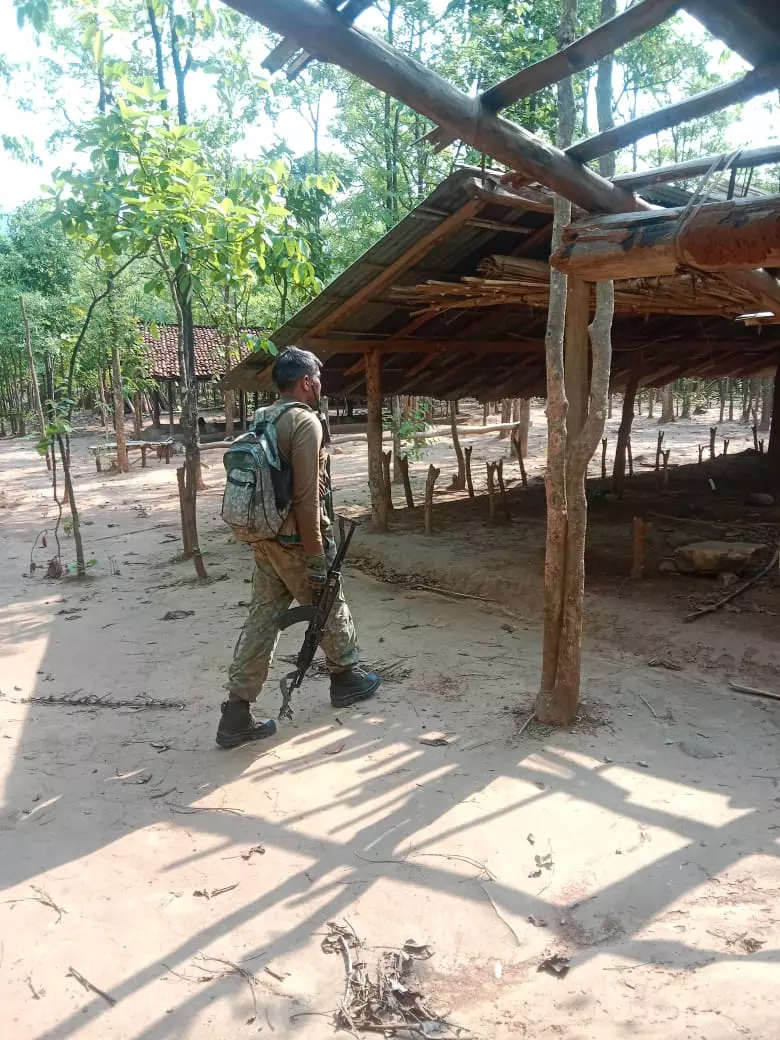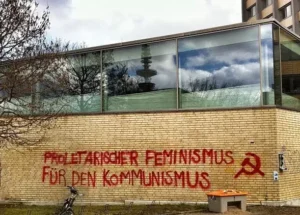
INDIA – FACAM: On the killing of an Adivasi Peasant
Hereby we publish a statement from Forum Against Corporatization and Militarization (FACAM) found here.
30th May, 2024
On the Killing of an Adivasi Peasant Sono Juri During Anti-Maoist Operations and the Suppression of Anti-Militarization Protest by Indravati Jan Andolan at Tadopot Village
On 24th May 11 am, 7 alleged Maoists were killed in an encounter near the forests of Rekavaya village, on the borders of Bijapur-Narayanpur district near Indravati river, which occurred after a joint combing operation by District Reserve Guards (DRG), Bastar Fighters and a Special Task Force (STF), consisting of 1000 paramilitary forces landed in the area. Along with the 7 people that were killed, a local villager, Sono Juri, an Adivasi peasant was also killed. Sono Juri, along with all the other villagers, was running away to the mountains. Goya, another villager, was also injured when he sustained a bullet injury to his leg when the security forces fired upon the area. Whenever a combing operation takes place, men in the villages are often dragged out, attacked and even killed by the state forces. Such practice has been witnessed since the time of Salwa Judum and this forces the peasants from the village to run to the forest or take cover in the nearby mountains to ensure their safety. Sono Juri was also doing the same, when the security forces spotted him. He started running away from them and therefore, he was shot and killed. The statement of the villagers also raises doubts about the state narrative regarding the death of the Maoists in this so-called “anti-Naxal operation.” According to the state, these 7 Maoists were killed in a supposed Maoist training camp, which the villagers vehemently claim is a school run by the villagers themselves, catering to the education of students from 11-13 different nearby villages. Due to the negligible quality of education provided by the nearest government school, the villagers set up their own school in the forests from funds collected from among them. The security forces came into the school during a time when classes normally happen. Even if Maoists were present in the school, engaging in a gunfight during such time, or entering such an area is risking the lives of children. The gunfight could have led to the death of innocent children, but fortunately, the encounter happened during a holiday. The property of the school was damaged by the state forces too. The Indian state also claimed that they found a large cache of “standard issue footwear” for members of the Maoist People’s Liberation Guerrilla Army (PLGA) at the school, which the villagers and school staff claim was planted by the state forces to legitimize their operations.
Not only did the paramilitary forces land upon the school, plant false evidence and take the lives of unsuspecting Adivasi peasants, on their way back they destroyed the sit-in protest site at Tadopot village of the Indravati Jan Andolan. The Indravati Jan Andolan has been holding a sit-in protest against the brutal operations of the paramilitary forces and the establishment of paramilitary camps in the area. The leadership of the protest site has been forced to hide in the forests and the nearby mountains as the paramilitary forces have been actively on the hunt for them. The Indian state’s policies have made it clear that whether it be the armed resistance of the Maoists or the peaceful resistance posed by organizations such as the Indravati Jan Andolan, both will be treated with the same end in its pursuit of corporate loot. The Indian state has claimed that the encounter with the Maoists lasted for 48-72 hours, yet the weapons procured from the Maoists are merely country-made single-barrel musket rifles. While the paramilitary forces are armed with assault rifles like the INSAS and AK-47 along with various machine guns, the weapons that the Maoists held, per the state’s own narrative, have no capacity to contest against a 1000 paramilitary personnel armed with such assault rifles, which raises suspicion regarding the state’s narrative itself and if this was even a legitimate encounter. Even in the case that the Maoists did hold off the state forces for such a long time period with merely country-made weapons, FACAM finds the Indian state in violation of Article 51 (5)(b) of the Geneva Convention’s Additional Protocol 1, which requires that in a Non-International Armed Conflict (NIAC) between two organized forces (here, the Government of India and the Communist Party of India (Maoist)), attack must be proportional in nature to the abilities and capacities of the opposing forces. Since the Maoists were armed with country-made guns, per the state’s own narrative, while the state forces were not only numerically superior but also armed with much more lethal weapons, the killing of 7 Maoists in this encounter is a violation of the proportionality principle. Furthermore, by indiscriminately killing Sono Juri and injuring other Adivasi peasants in the so-called “anti-Maoist operation,” it has failed to distinguish between armed combatants and civilians, a further violation of the Geneva Convention.
The attack on the school is akin to how genocidal states work in other parts of the world too. To ensure the complete displacement of the Palestinians from Gaza, the state bombs the universities and schools that the people constructed for themselves, run by their own government in the Gaza strip. This is also the reason why the state shells the forests when the Adivasis go out to collect tendu leaves, and conduct aerial bombings during the season for the cultivation of tendu. It’s a method to spread fear among the peasants, to make the conditions unlivable and to displace them completely, through murdering them and creating terror in their hearts.
FACAM demands a judicial inquiry into the death of Sono Juri and the attack on Goya by security forces, who was injured in the process. FACAM demands the Indian state be held accountable for the genocide it is committing in Bastar and for the violations of the Geneva Convention it is committing in its so-called “war against Maoism.” We demand an end to the Operation SAMADHAN-Prahar and the Surajkund Scheme.

